10 Spicy Secrets of Traditional African Cuisine You Need to Know Today!
Table of Contents
- A Journey Through the Spice Routes of Africa
- 10 Spicy Secrets Behind Traditional African Cuisine
- Spice Buying Guide: From Berbere to Suya Seasoning
- Exploring Regional Flavors Across Africa
- Pro Tips for Cooking Like an African Grandma
- Final Thoughts: Spice Up Your Kitchen with African Traditions
A Journey Through the Spice Routes of Africa
Africa is more than just a continent — it’s a culinary goldmine. From the smoky depths of North African ras el hanout to the fiery West African pepper soups, each region tells its own flavor-packed story through spices. Traditional African cuisine isn’t just about food; it’s a celebration of culture, community, and centuries-old techniques passed down from generation to generation.
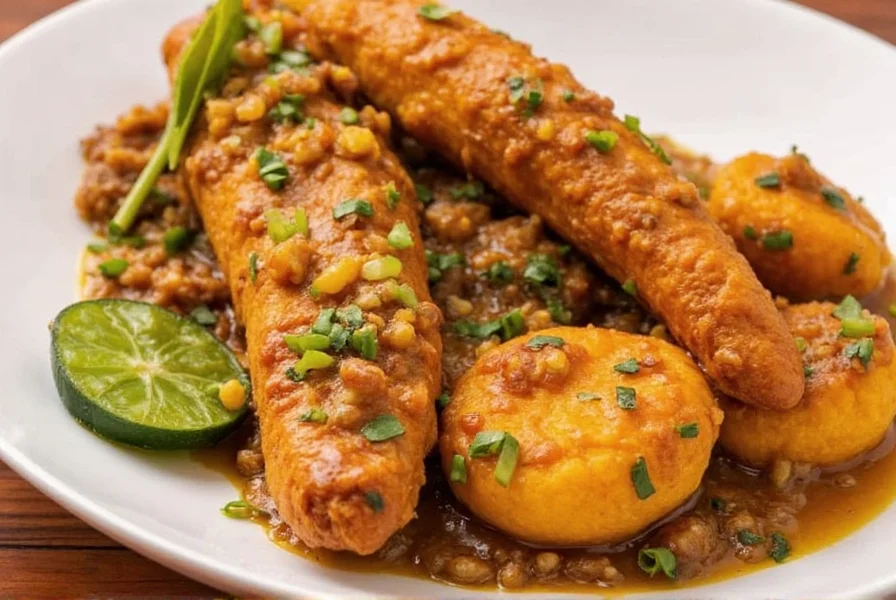
Why African Spices Are Making Waves Globally
In recent years, global chefs and home cooks alike have fallen head over heels for the bold and aromatic profiles found in African kitchens. The secret? Complexity without pretension. Whether you're grilling suya skewers or simmering a pot of jollof rice, the spices used are often local, organic, and deeply rooted in tradition.
10 Spicy Secrets Behind Traditional African Cuisine
Let’s dive into the heart of African cooking and uncover the spices and traditions that make this cuisine so unforgettable:
- Berbere: Ethiopia’s Secret Firestarter
The backbone of Ethiopian stews (like doro wat), berbere is a complex blend of chili peppers, garlic, ginger, coriander, and fenugreek. Its heat builds slowly but stays long. - Grains of Paradise: The Pepper That Isn’t
This West African staple looks like peppercorns but tastes like citrusy cardamom with a hint of nutmeg. Perfect for seasoning grilled meats and seafood. - Cameroon Peppers: The Heatwave of Central Africa
These ultra-spicy peppers pack a punch and are often sun-dried before being ground into powders or pastes for rich sauces. - Cubeb Pepper: The Forgotten Royal Spice
Once prized by European royalty, cubeb pepper has a woody, clove-like flavor with a mild heat. It’s commonly found in Maghreb spice blends. - Suya Seasoning: Nigeria’s Flavor Bomb
A mix of peanuts, chili, salt, and dried onions, suya spice transforms simple meat skewers into something magical. - Kalua Salt: Zimbabwe’s Hidden Gem
Harvested from ancient salt pans, Kalua salt enhances natural flavors and adds earthy depth to any dish. - Moringa Powder: The Superfood That Tastes Great
Used in soups and porridges across East Africa, moringa not only boosts nutrition but also adds a slightly peppery, spinach-like taste. - Toum: A Garlic Sauce That Packs a Punch
Although popular in Middle Eastern cuisines, toum is making waves in North African street foods for its creamy, garlicky richness. - Dawadawa: Fermented Funkiness
An aged locust bean paste from West Africa, dawadawa is like umami heaven. Use sparingly to add depth to soups and stews. - Pimento Seco: The Cape Verdean Classic
This dried sweet pepper brings subtle heat and a smoky sweetness to seafood dishes and rice-based meals.
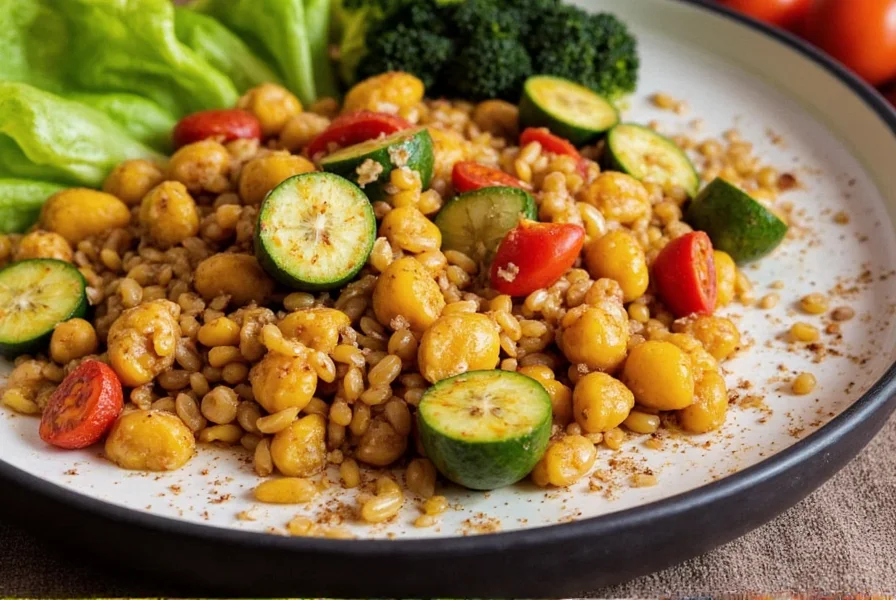
Spice Buying Guide: From Berbere to Suya Seasoning
Ready to stock your pantry with authentic African spices? Here’s a breakdown of what to look for when buying and how to use them best:
| Spice | Origin | Flavor Profile | Best Used For | Buying Tip |
|---|---|---|---|---|
| Berbere | Ethiopia/Eritrea | Smoky, spicy, warm, with floral undertones | Doro Wat, lentil stews, veggie roasts | Look for fresh, aromatic blends—avoid pre-packaged if possible. |
| Suya Seasoning | Nigeria | Spicy, nutty, savory | Grilled meats, chicken skewers, roasted veggies | Choose peanut-free versions if allergies are a concern. |
| Ras el Hanout | North Africa | Earthy, floral, mildly sweet | Lamb tagine, couscous, roasted squash | Buy from reputable spice shops—quality varies widely. |
| Dawadawa | Ghana/West Africa | Umami-rich, fermented, pungent | Vegetable soups, okra stew, leafy greens | Use sparingly! Store in cool, dry place after opening. |
| Grains of Paradise | West Africa | Peppery, citrusy, warm | Meat marinades, grain bowls, coffee rubs | Whole seeds last longer; grind as needed for maximum aroma. |
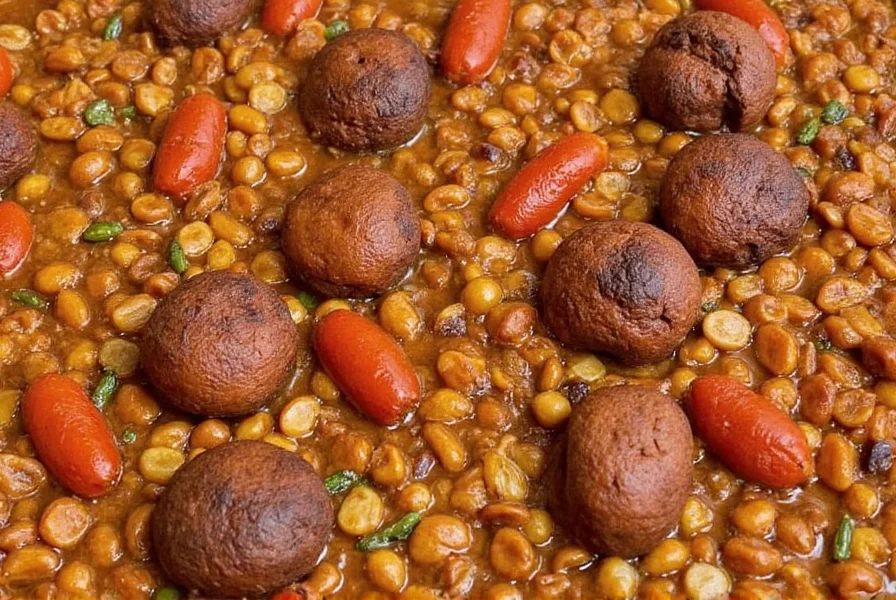
Exploring Regional Flavors Across Africa
Traditional African cuisine varies dramatically from one region to another. Let’s take a quick tour:
North Africa: Mediterranean Meets Desert
- Signature Dishes: Tagine, couscous, harira soup
- Key Spices: Ras el hanout, cumin, cinnamon, saffron
- Favorite Ingredients: Lamb, preserved lemons, olives, chickpeas
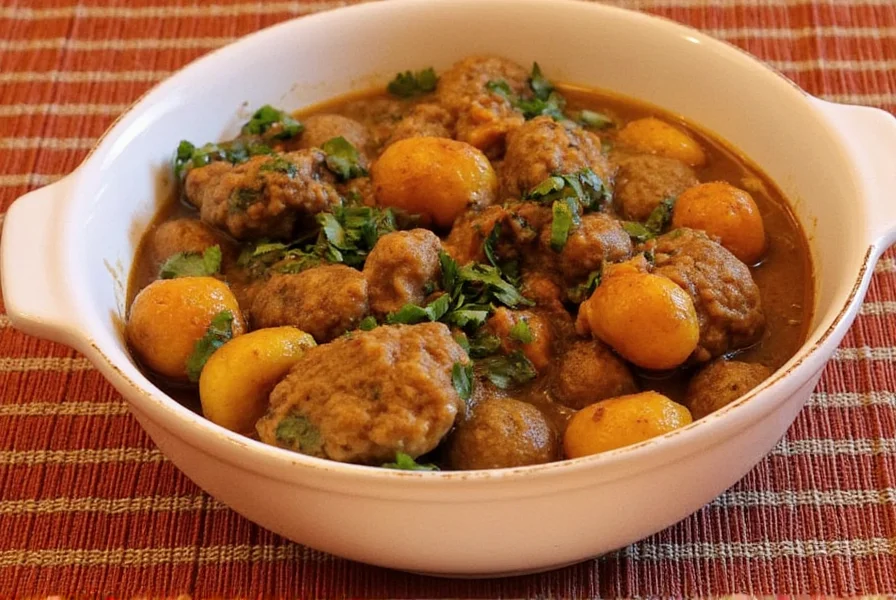
West Africa: Bold, Bright, and Full of Life
- Signature Dishes: Jollof rice, egusi soup, kelewele
- Key Spices: Scotch bonnet peppers, grains of paradise, thyme
- Favorite Ingredients: Palm oil, groundnuts, yams, plantains
East Africa: Where Swahili Meets Spice
- Signature Dishes: Pilau, nyama choma, samosas
- Key Spices: Cardamom, cloves, turmeric, black pepper
- Favorite Ingredients: Coconut milk, goat meat, chapati
Central Africa: Earthy Comfort Food
- Signature Dishes: Maafe, moambe chicken, fufu
- Key Spices: Cameroon pepper, smoked paprika, thyme
- Favorite Ingredients: Cassava leaves, palm butter, goat
Pro Tips for Cooking Like an African Grandma
Want to bring that authentic African magic into your kitchen? Here are some tried-and-true tricks:
- Toast Your Spices First
Don’t skip the step! Toasting spices in oil releases their essential oils and deepens the flavor. Especially important for cumin, coriander, and turmeric. - Build Layers with Onions
In many African dishes, onions are the foundation. Cook them slowly until golden and fragrant before adding spices. - Let It Simmer
African stews shine with time. Allow your soups and braises to cook low and slow so the flavors can marry beautifully. - Add Fresh Herbs at the End
Fresh herbs like parsley, cilantro, and culantro should be added near the end of cooking to preserve their brightness. - Use Acid to Balance Richness
A squeeze of lime, vinegar, or tamarind paste cuts through richness and elevates the entire dish. - Experiment with Textures
Texture matters! Try mixing soft and crunchy elements, like in suya (grilled meat) served with crispy onions on top. - Don’t Fear the Heat
If you’re new to African cuisine, start with mild dishes like coconut pilau or peanut stew, then work your way up to hotter fare like shito sauce or peri-peri chicken. - Go Local When Possible
If you have access to African markets, grab regional ingredients like ogi (fermented corn paste), iru (locust beans), or mafura oil.
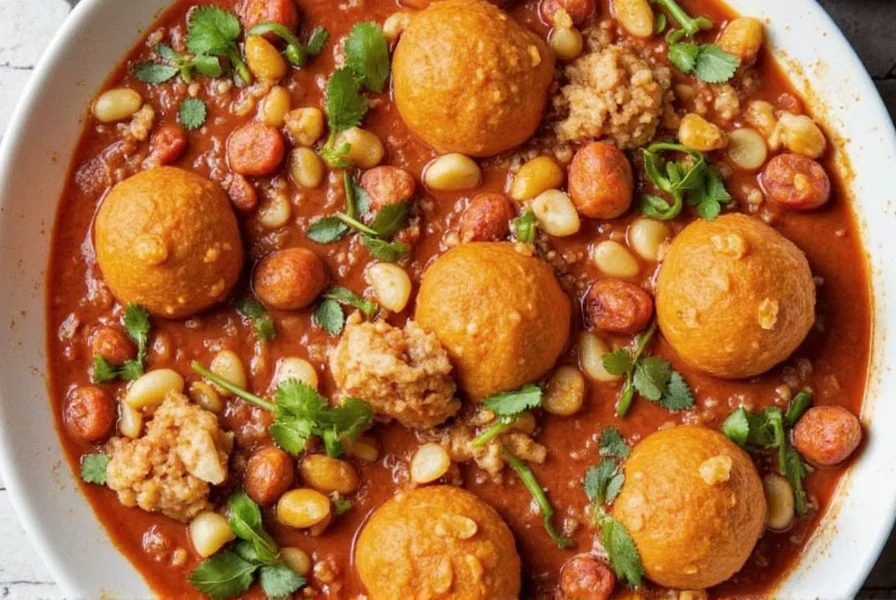
Final Thoughts: Spice Up Your Kitchen with African Traditions
Traditional African cuisine is not just a feast for the senses — it’s a passport to a world of bold flavors, rich histories, and cultural connections. Whether you're roasting spices for a North African tagine or grinding your own suya seasoning, there’s something deeply satisfying about recreating these age-old recipes in your own kitchen.
So next time you reach for the same old spice rack staples, why not go wild and explore the untamed, vibrant flavors of Africa? With a little curiosity and a dash of courage, you might just find your new favorite dish — and a whole lot of delicious inspiration.
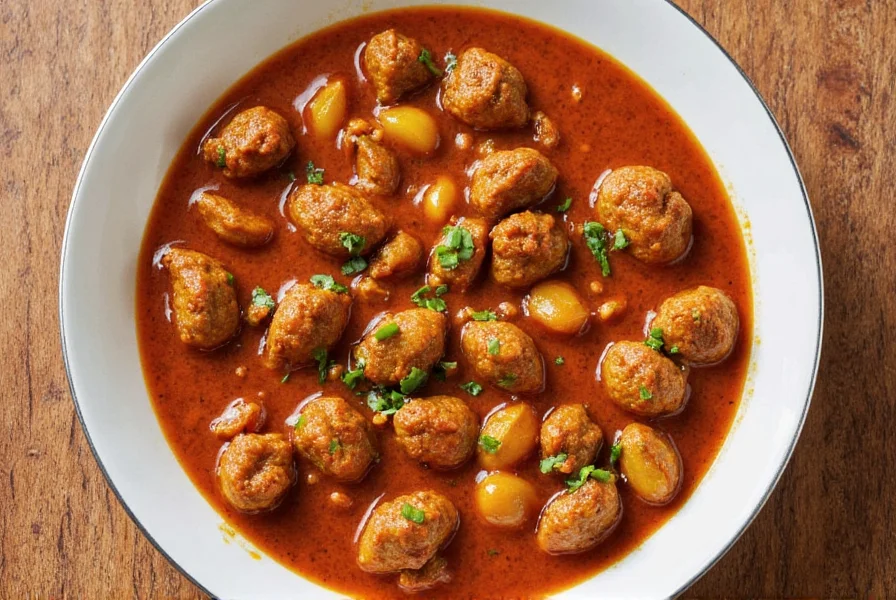
Happy cooking and keep those spice jars shaking!

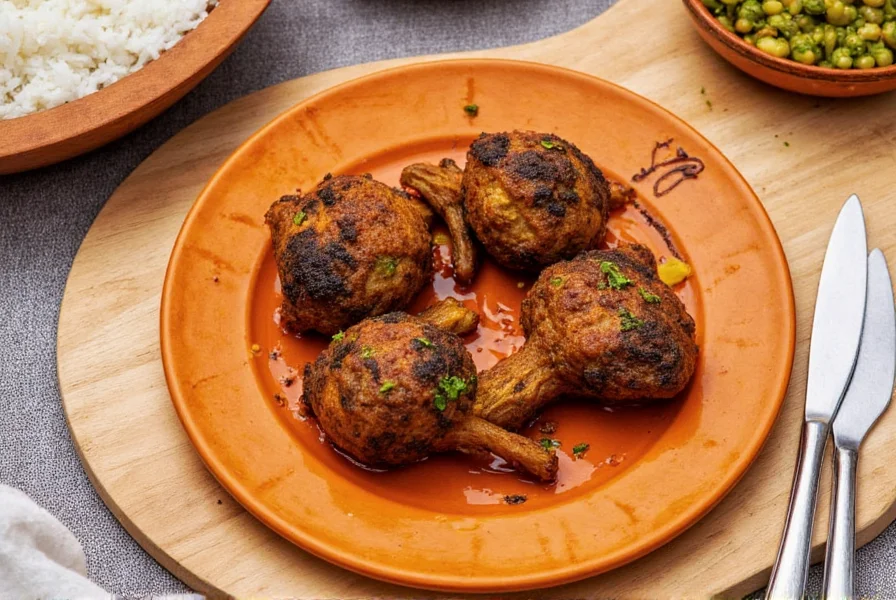









 浙公网安备
33010002000092号
浙公网安备
33010002000092号 浙B2-20120091-4
浙B2-20120091-4